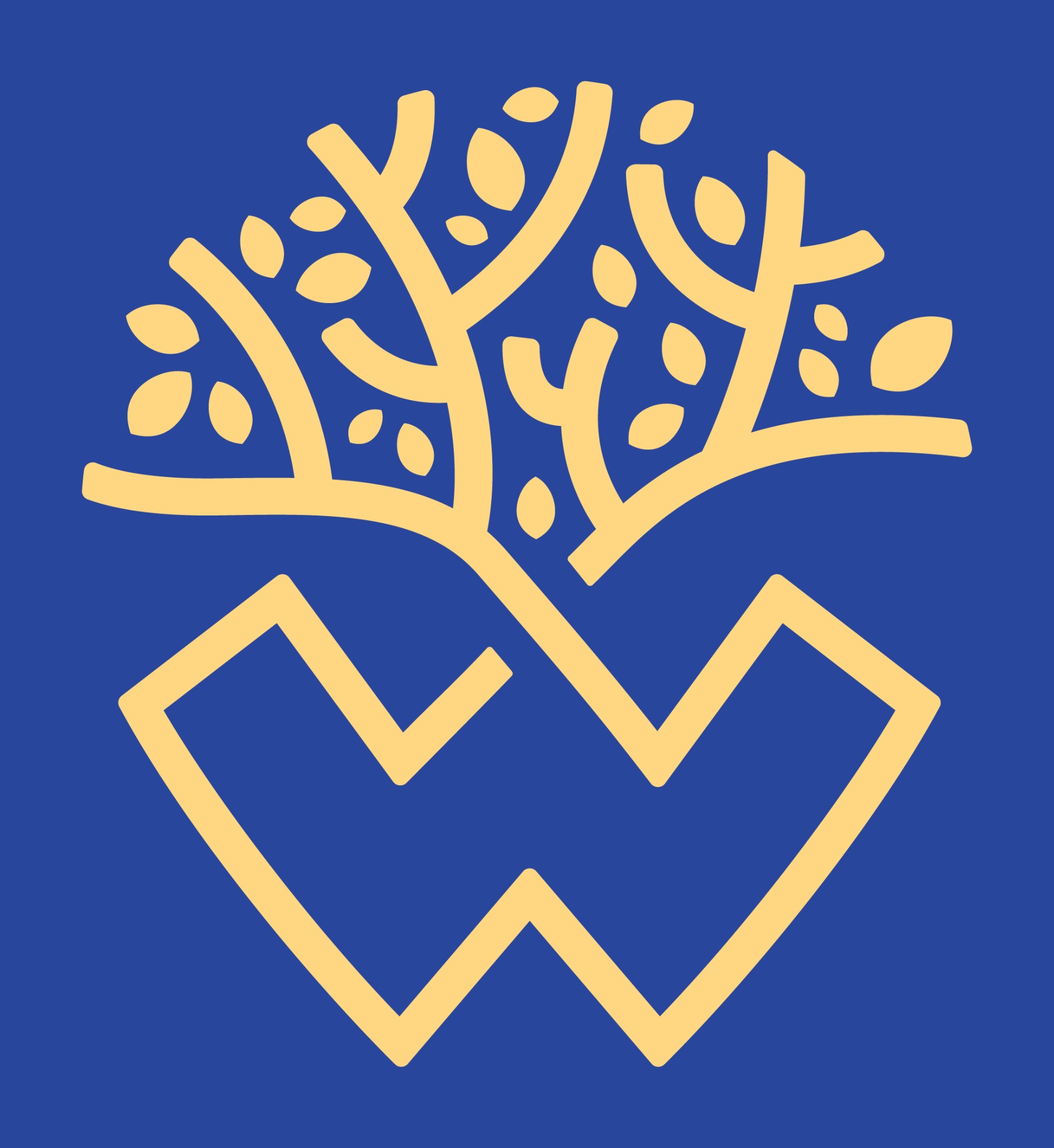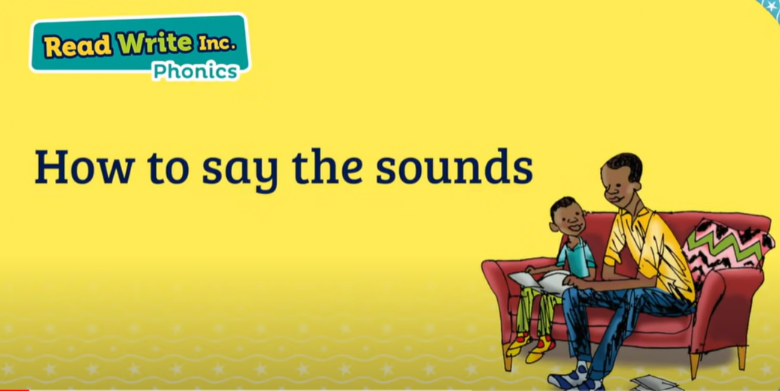Phonics
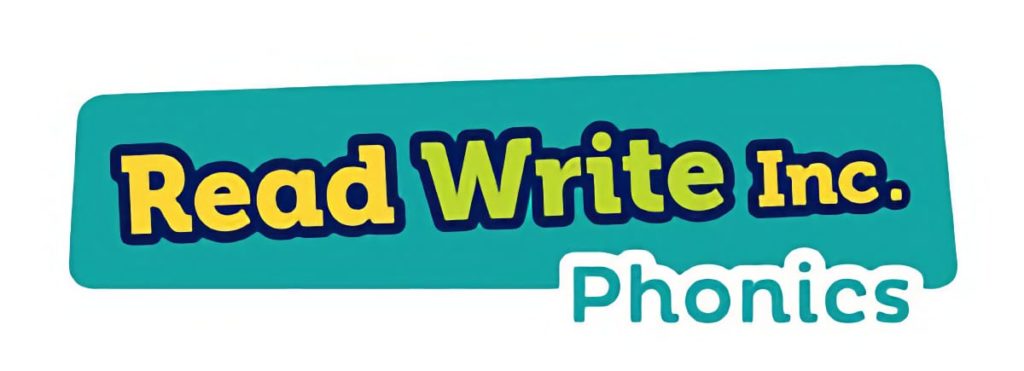
At Woodfield Primary and Nursery school, we are passionate about reading and the teaching of reading begins with RWI, a synthetic phonics programme, which starts in EYFS.
Read Write Inc.
Daily RWInc. sessions ensure children experience success with reading from the very beginning. The children are taught in small groups by RWInc. trained teachers and teaching assistants. The children are taught the 44 common sounds in the English language and how to sound out and blend these sounds to read words. They read lively, decodable books which are closely matched to their increasing knowledge of phonics. As the children re-read the stories, their fluency increases. All children are assessed every half term to ensure that they are in the group that matches their current phonic ability.
Your child’s reading journey with RWInc:
The teaching of phonics is broken into sets of sounds. There are three sets.
Set 1 Sounds
Below are the Set 1 sounds. They are taught in the following order:
m a s d t i n p g o c k u b f e l h r j v y w z x
sh th ch qu ng nk ck
Speed Sounds
When teaching your child phonics, we use the term 'speed sounds'. Your child will learn to say pure sounds, for example, ‘nnnn’, rather than 'nuh'. This will begin in Nursery and continue into Foundation. At this stage, your child will learn to say, read and write a new speed sound every day. Previously taught speed sounds will be revisited daily. Your child will learn that some speed sounds are made up of two letters, for example ‘sh’. These types of speed sounds are called ‘special friends’. By the end of the Spring term in Foundation, your child should be able to read all the Set 1 speed sounds quickly and confidently.
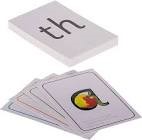
Fred Talk
During Nursery and Foundation, your child will learn to ‘Fred talk’. Our toy frog, ‘Fred’, helps your child to learn to orally blend. For example, Fred says ‘d-o-g’ and we say ‘d-o-g dog’. Your child will be taught to hear and say the sounds and then blend them together in sequence to make a word.
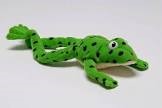
Blending
Your child will also be taught how to read simple two or three letter decodable words. We call these words ‘green words’. These words can be sounded out and blended together, for example, ‘in’ or ‘dog’. We will prompt your child by using the phrase ‘Fred talk, read the word’. Your child will also be asked to read words with ‘special friends’, for example ‘shop’ and ‘chip’. Your child will be taught to spot the ‘special friends’ before sounding out and blending the word, for example ‘sh, sh-o-p’. We will prompt your child by using the phrase ‘special friends, Fred talk, read the word’. Once your child becomes more confident at reading two and three letter words, they will be asked to read ‘nonsense/alien words’. These words are not real, but they help to assess whether your child is secure in identifying the sounds in words and their ability to blend them.
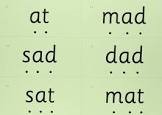
Red Words
Having gained confidence in sounding out and blending ‘green words’, your child will be taught to read ‘red words’. These are words that cannot be sounded out as they are tricky, for example ‘the’ and ‘said’. Your child will learn to read these 'red words’ by sight.

Sound Blending Books, Ditties and Storybooks
As your child gains confidence in reading, they will apply their phonic knowledge whilst reading books matched to their ability. Your child will start reading Sound Blending books where there is one word per page, then progress to reading books made up of short sentences (Ditties and Red books), before moving onto Green and Purple storybooks. Once your child is secure with their Set 1 sounds, they will be taught the Set 2 sounds.
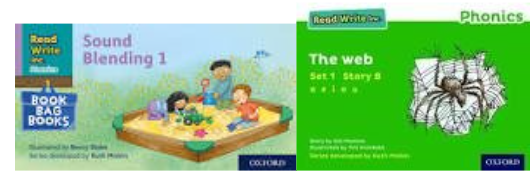
Set 2 Speed Sounds
Below are the Set 2 sounds. They are taught in the following order:
ay ee igh ow oo oo ar or air ir ou oy
At this point, your child will learn three new speed sounds every week, whilst revisiting previously taught sounds. Your child will continue to read ‘green words’ with these sounds in, for example ‘play’ and ‘sight’. They will also be taught how to read longer words with these sounds in, for example ‘saying’ and ‘midnight’. By the end of Foundation, your child should be able to read all the Set 1 sounds and the first six Set 2 sounds quickly and confidently.
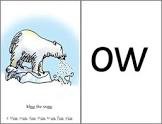
Storybooks
Your child will continue to apply their growing phonics knowledge whilst reading Pink, Orange and Yellow storybooks. Once your child is secure with their Set 2 speed sounds, they will be taught the Set 3 sounds.
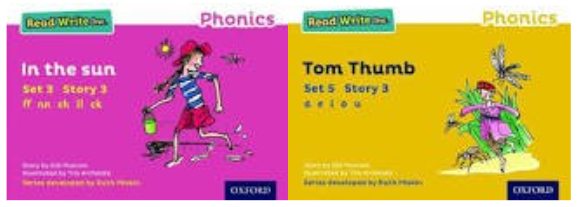
Set 3 Sounds
Below are the Set 3 sounds. They are taught in the following order:
ea oi a-e i-e o-e u-e aw are ur er ow ai oa ew ire ear ure tion
tious/cious au e-e ue ie ph wh kn e
Set 3 sounds are taught in the same way as Set 2 sounds. It is expected that your child will be secure with all the Set 1, Set 2 and Set 3 sounds by the end of Year 1.
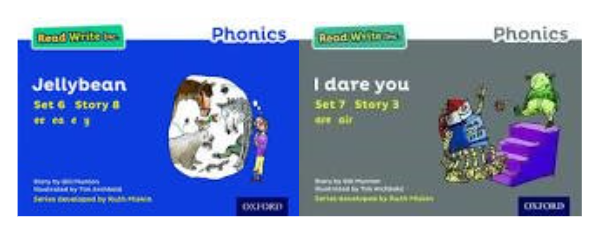
Storybooks
Whilst learning the Set 3 sounds, your child will continue to read longer, more challenging Blue and Grey books, which are still matched to their phonic ability. Your child will come off the RWInc. programme when they can read these books fluently. Your child is expected to come off the programme by the end of Spring term in Year 2. They will then take part in RWInc. comprehension sessions (Years 1 and 2) or Guided Reading sessions (Years 3 and above).
Assessment and Expectations
Your child will be assessed every half term. Any child who finds reading challenging and struggles to keep up with the RWInc. expectations, will be given 1:1 and/or small group interventions. These interventions usually take place during the afternoons and are run by RWInc. trained teaching assistants. The interventions will focus on improving speed sound knowledge, ‘Fred talk’ and/or fluency.
Other RWInc. Activities
Handwriting
Your child will learn how to form letters correctly using a handwriting phrase linked to each speed sound.
Spelling and Fred Fingers
Your child will learn to spell using their ‘Fred Fingers’. Your child will be taught to:
-
Say the word.
-
Hold up correct number of ‘Fred Fingers’ with the palm facing them.
-
Pinch the sounds. (Gently pinch each finger as they say each sound).
-
Write the sounds.
-
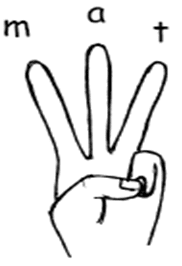
RWInc. in Years 3 and above
In some instances, a few children will continue to find reading challenging and they will still be developing their phonics ability in Year 3 or above. These children will continue to have daily RWInc. sessions, along with afternoon interventions until they can read fluently.
Reading at Home
Supporting your child’s reading at home is incredibly important. Your child will love to share their reading journey with you.
Whilst children are learning the Set 1 sounds, you will be sent links (via Class Dojo or QR codes) to Elly and Fred videos. We ask that you watch these videos with your child and encourage them join in. Your child will bring home paper copies of the Set 1 speed sounds and green words so that you can help your child practise reading them.
Once your child knows their Set 1 sounds and can blend sounds to read words, they will bring home a RWInc. book bag book. These books are decodable and are matched to the book your child is reading in class. We ask that you encourage your child to read these books to you, at least three times a week. Re-reading the books allows your child to improve their reading fluency.
Your child will also have access to their current class book via Oxford Owl. We ask that you go online and encourage your child to show you how well they can read this book. Your child can take part in a linked quiz. You can access these books using the login details stuck inside your child’s Reading Record.
As your child learns the Set 2 and 3 sounds, you will be sent links (via Class Dojo or QR codes) to videos. You are asked to watch these videos with your child and encourage them to join in. Your children will also bring home paper copies of these speed sound cards and green words so that you can help your child practise reading them.
Further information can be found on the RWInc. website here.
